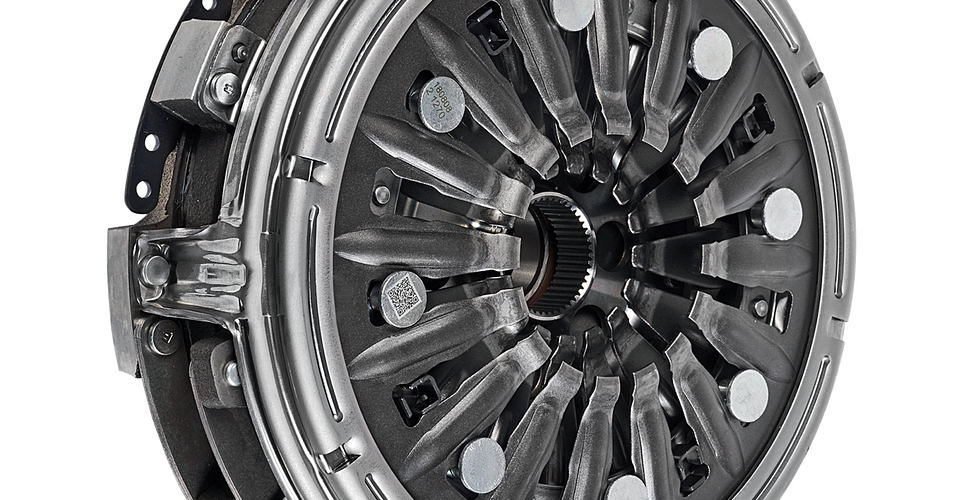Valve cover gasket – causes and symptoms of its failure
The proper level of engine oil in the drive unit is extremely important, as a shortage can lead to engine damage or seizure. That’s why it’s so important to inspect and check for oil leaks, commonly known as “sweating”. One of the components responsible for proper sealing is the valve cover gasket, which we describe in the following article.

What is a valve cover gasket?
The valve cover gasket seals the connections between the valve cover and the engine head. Its job is to prevent oil loss in the engine and to keep it clean under the hood. These gaskets are usually made of sufficiently hard and durable rubber; in older vehicles they were made of cork. One also encounters valve cover gaskets made of aluminium and, increasingly, those made of plastic – duroplast or thermoplastic, which are reinforced with fiberglass.
Valve cover gasket failure – symptoms
With the number of kilometres driven, the likelihood that the valve cover gasket may become damaged and lose its elasticity increases. This then leads to leaks, and this situation forces the need to replace the valve cover gasket. The main symptoms of damage are:
- oil marks on the top of the engine,
- engine oil loss,
- burnt oil smell.
In addition to the aging of this component, the causes of failure can also be the poor quality of the installed gasket or the engine oil used, problems with the cooling system, poor condition of the drive unit or incorrect installation of the valve cover gasket.
Leaking oil can lead to further damage to the engine. For example, it can lead to the damage of the multi-ribbed belt or timing belt. Thus, delaying the replacement of a leaking valve cover for too long can cause a very serious failure of the entire engine.









